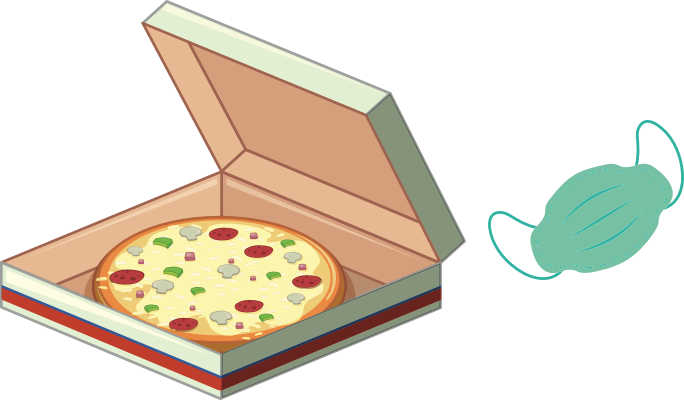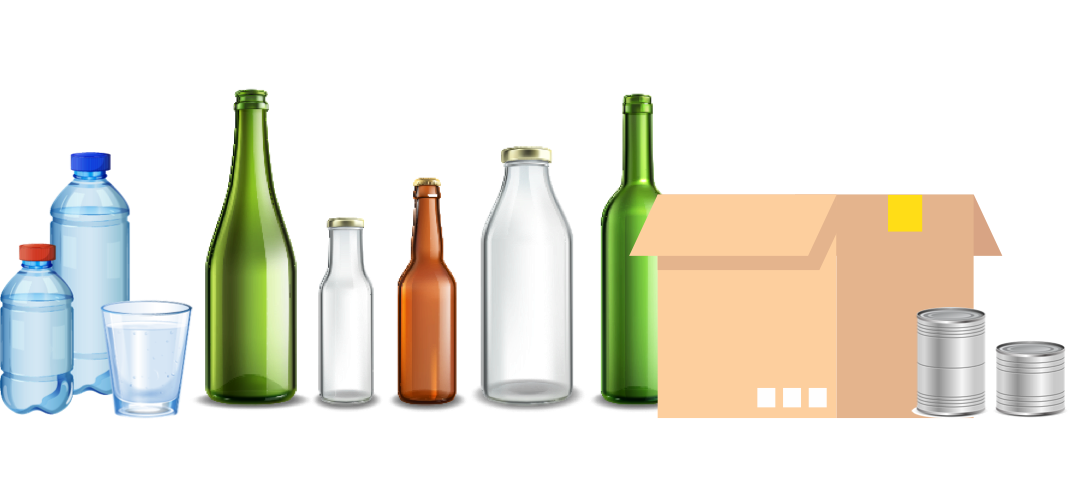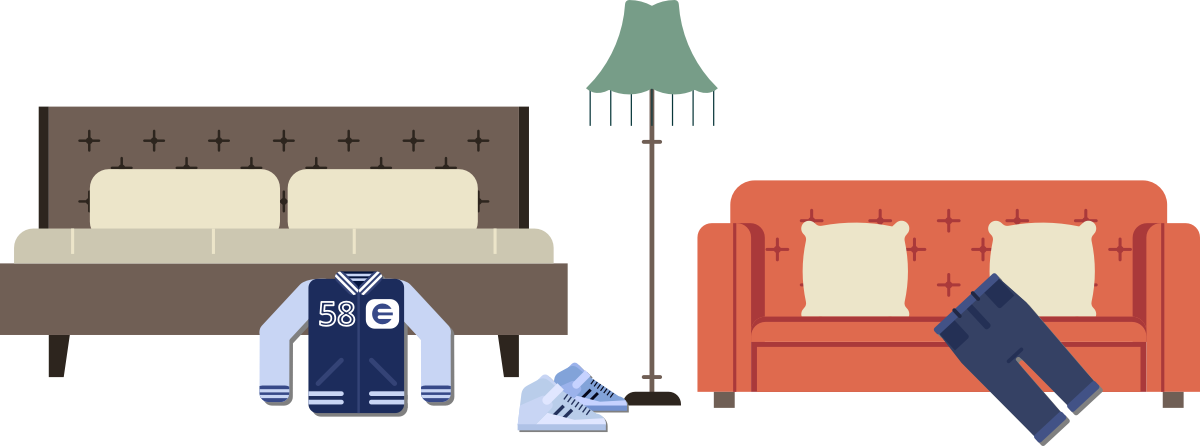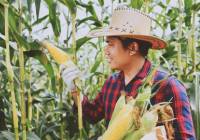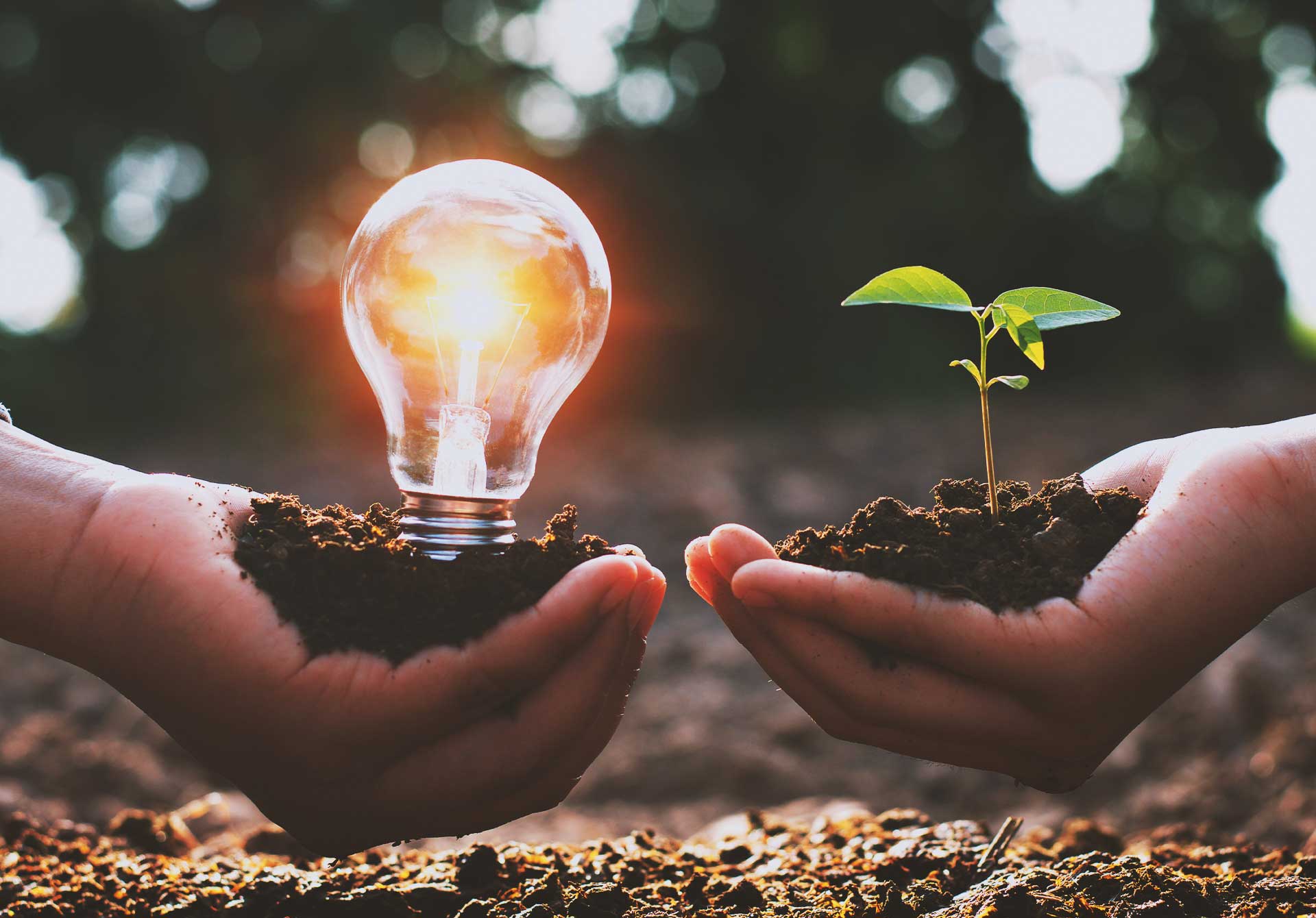
Anyone familiar with Singaporean residential estates would also be familiar with the iconic blue recycling bins found every few blocks. Unfortunately, nearly half of what goes into these bins does not get recycled. Why? We find out more.
Why recycle in Singapore?
The grand plan is for Singapore to eventually become a “zero waste nation”. Singapore has one landfill – the offshore Semakau Landfill – that is fast running out of space. It is estimated that if consumption and disposal patterns remain constant, we will have nowhere to put our trash by 2035.
Do you know what you can and can’t recycle? Take our short quiz to see!
Recycling in Singapore is as easy as it gets!
In many places, recycling can be a tedious process. To make recycling as convenient as possible for residents, Singapore practices a “commingled recycling system”: this means that all recyclable materials go into one bin and there is no need to sort or remove labels from recyclables. This system “avoids additional resources and the higher carbon footprint associated with the multiple truck trips needed for the separate collection of different recyclable streams,” says Mr Ron Wong, Director of Waste Management Division, Resource and Sustainability Group of the National Environment Agency (NEA).
Where computers, laptops, or other e-waste is concerned, there are drop off points all over the country – the NEA website has information on the closest point to you.
How much trash do we create and where does it go?
According to NEA, about 7.23 million tonnes of solid waste was generated in 2019.This means that in a single year, we generated enough waste to fill 15 thousand Olympic-sized swimming pools.
Of the 7.23 million tonnes of waste generated in 2019, 4.25 million tonnes were recycled.
2.74 million tonnes of waste were incinerated at one of our four waste-to-energy (WTE) incineration plants and the remaining ash, along with non-incinerable waste, went to Semakau. “The more waste we incinerate, the higher our carbon footprint - this contributes to global warming and climate change,” says NEA.
Sadly, 40% of what goes into recycling bins cannot be recycled; often, this is due to cross- contamination by food or liquids. It’s often thought that it’s enough to put recyclable items in the blue bins, but if you really want to make a difference, knowing how and what to recycle goes a long way!
Recycling dos and don’ts
If you’re interested in how to start recycling, here are three simple tips to keep in mind:
-
Recyclables should be free of food and liquids. In other words, plastic and glass containers should be rinsed before recycling and food-stained items should be thrown away instead of deposited into the recycling bins. There is no need to remove the labels from recyclables.
-
Sorting is not required as separation of materials is done at the Materials Recovery Facilities
-
Items such as clothes, shoes and toys that are in good condition should be donated instead.
Familiarise yourself with what can and cannot be recycled and have a dedicated recycling bin at home so that recycling can become a daily habit.
Common items that can and cannot be recycled
Recycle
In Singapore, only glass, paper, plastic and metal can be recycled. The following is a non-exhaustive list of common – and surprising – items that can be recycled.
-
Paper including glossy paper, magazines, wrapping paper, paper towel and toilet roll tube, tissue box, books and egg trays
-
Plastics, including CDs and CD casings, plastic bags (except for oxo- and biodegradable bags) and plastic film packaging such as magazine wrappers, film packaging for packet drinks, sliced bread bag, bubble wrap and egg trays.
-
Metals, including empty aerosol cans, non-food metal containers such as empty paint containers, and food and drink cans, rinsed.
Do not recycle
The following items should only be disposed of as general waste:
-
Paper products such as used disposables (e.g. paper cup, plate etc), tissue paper, paper towels, toilet paper, disposable wooden chopsticks, wax paper, and any paper packaging that is contaminated with food.
-
Other items such as plastic drinking straws, mirrors, cookware, borosilicate or pyrex glassware, melamine ware or anything made from styrofoam, porcelain, or ceramics.
-
Old household items such as toys, pillows, shoes, bags and bulky items such as luggage or furniture should also be thrown away. Of course, you can donate or give away items that are in good condition to be used.
What happens after you leave your items in the blue bin?
So, you’re regularly doing your part to recycle as much as you can. But what exactly happens to your plastic bottle? Mr Wong tells us that blue trucks take recyclables to “Materials Recovery Facilities (MRFs), where the different types of recyclables are sorted, baled and subsequently shipped to local and overseas recycling plants.”
Different recyclables involve different processes. “Plastics, for example, are often shredded into smaller pieces and blended to form a mixture of uniform homogenous quality before being melted into pellets. The pellets are used as feedstock for new plastic products.”
He also tells us that in 2019, about 30 per cent of recyclable materials were exported to countries including Australia, China, India, Indonesia, Malaysia, South Korea and Thailand for processing and recycling. However, “exports of recyclables (including plastics) are highly dependent on demand and supply of such materials in international markets,” and in recent years, this has been increasingly constrained by import policies. This means that less of our recyclable waste can be exported, and more of it goes into the one landfill we have, making recycling even more important.
What Singaporeans are doing
Today, many Singaporeans understand the importance of recycling and understand how every individual’s efforts count, especially when looked at collectively.
“I do not give myself a pat on the back for what I think is my social and environmental responsibility.”
– Chandru Shamdasini, a 50-something Singaporean who recycles as part of his daily routine says
When asked about what he does to live more sustainably, he tells us, “I do think about how waste is affecting environment and society. I try to keep it simple. I have a bin where I discard plastic bottles, cans, and paper waste. I try not to use plastic bags when I shop, and carry my own bags when I can.”
What can we do better?
Chandru says, “I think that recycling needs to be normalised in Singaporean society. This could be achieved through public service advertising and community or grassroots-level PR efforts. I also think that there should be a greater drive among manufacturers to use less plastic packaging, and that more government supervision or control over non-recyclable packaging is needed to guide manufacturers.”
Generally, if more people recycled instead of binning their refuse, we would collectively use less space in the Semakau Landfill.
Becoming a zero waste country may sound like a dream, but it is an eventually achievable one if everyone learnt to be more mindful about their impact on the planet. For now, baby steps – every bit counts!
One man’s trash, another’s treasure
The old adage certainly rings true for these products that are made out of recycled waste!
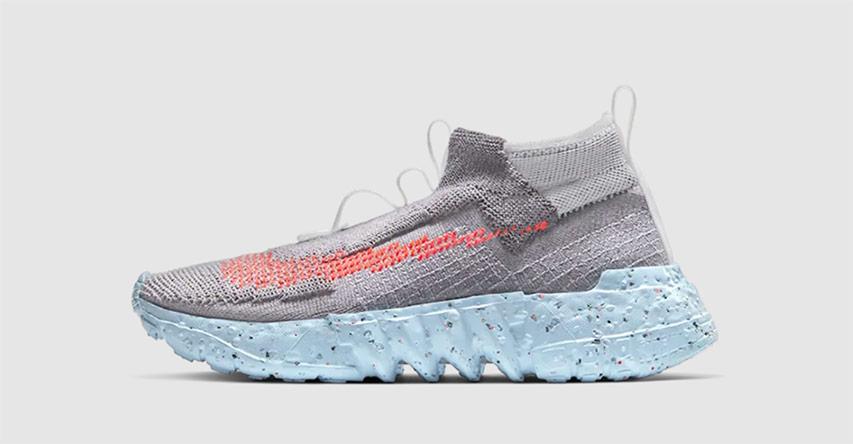
Nike Space Hippie 02
A large part of these cool kicks is made from old plastic water bottles, t-shirts and textile scraps. According to Nike, the scraps were collected off factory floors and then repurposed to create the recycled polyester material used in its upper and outsole.
Even the shoebox it comes in is made from repurposed material and printed using plant-based ink.
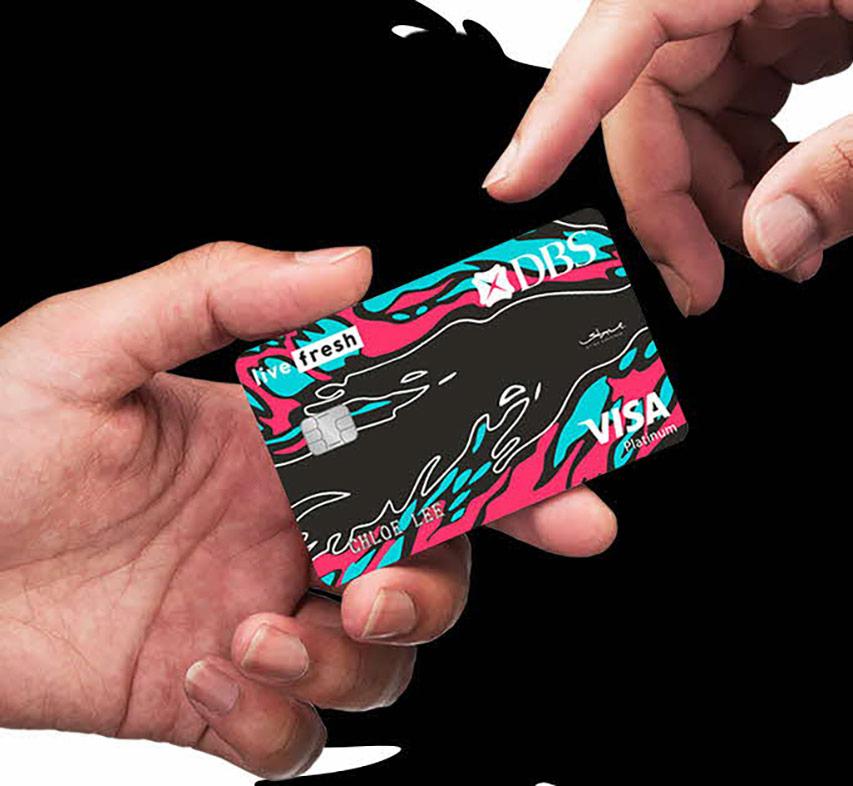
DBS Live Fresh Card X Sustainability
Singapore’s first eco-friendly card made out of 85.5% recycled PVC. Each finished card represents a 7g reduction in CO2 emissions and 3.18g reduction in industrial waste created, compared to the production of a standard card.
To encourage customers to live sustainably, users of the card will be rewarded with accelerated cashback when they shop at sustainable fashion labels such as Refash, buy groceries at zero-waste stores or take sustainable transport such as bike or car sharing services.

August Society Swimsuits
This local swimwear brand makes its swimsuits using recycled polyester that is derived from plastic waste such as carpeting, fishing nets and plastic bottles. The waste materials are collected from recycling plants, the ocean and landfills, purified and then regenerated into nylon and polyester.

